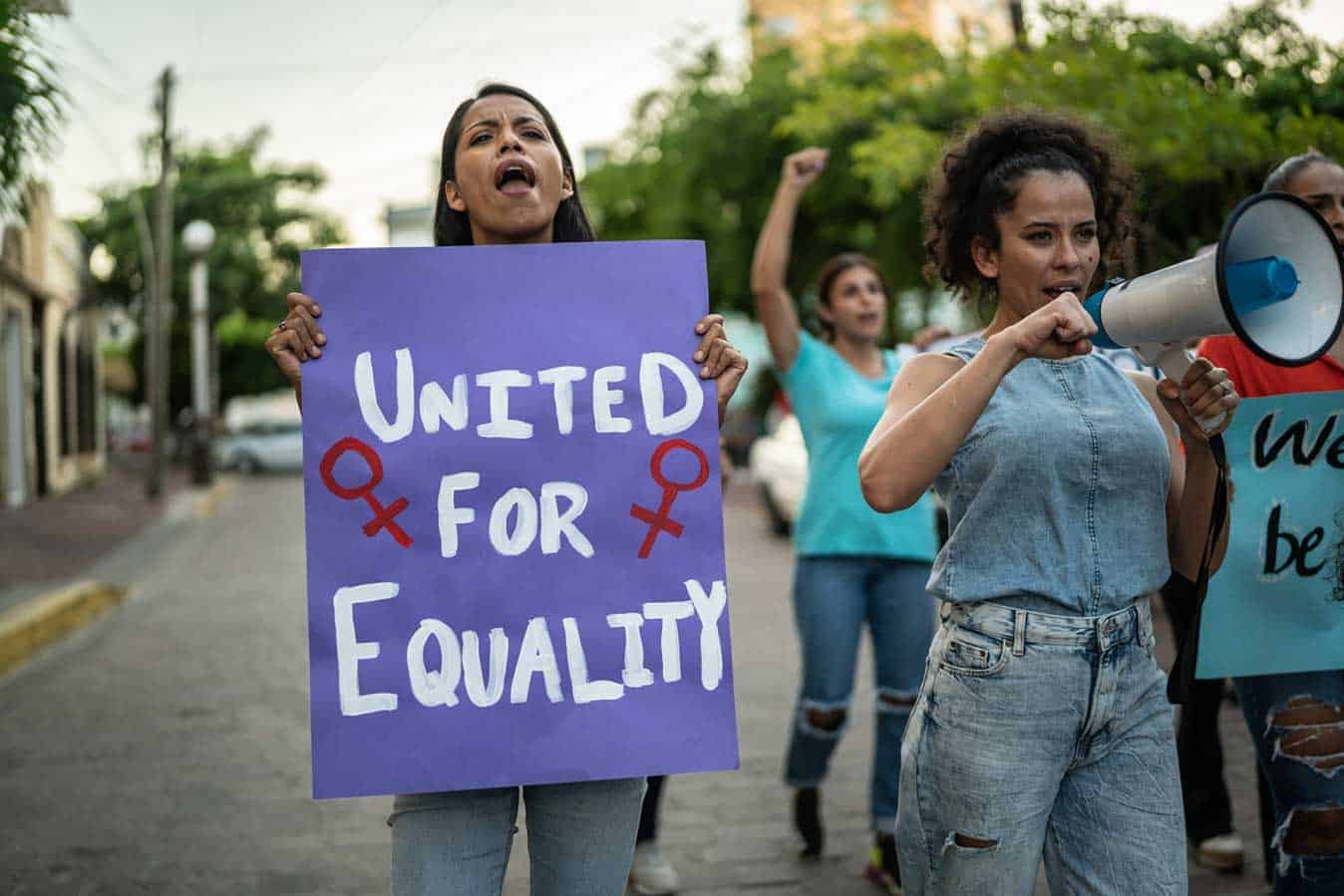Bias against women is similar to what it was a decade ago and gender equality is stagnant, according to the latest United Nations (UN) 2023 Gender Social Norms Index.
In 2015 the United Nations set out 17 goals as part of the 2030 Agenda for Sustainable Development – one of these goals was to achieve gender equity.
The UN Development Program Survey released this month and which covers 85% of the global population, found that gender inequalities are still deep-rooted in every society.
“Women suffer from lack of access to decent work and face occupational segregation and gender wage gaps. In many situations, they are denied access to basic education and healthcare and are victims of violence and discrimination. They are under-represented in political and economic decision-making processes,” the report found.
“We’re tackling really entrenched views,” said University of NSW, Sydney (UNSW) Professor Claire Annesley, in response to the report, and whose research expertise includes gender equality, political representation and public policy.

“And any approach that thinks that naming the problem plus a little bit of education will lead to change has been proven not to work.”
Professor Annesley suggests five important strategies towards gender equity and a fairer society.
-
Gender equity requires good design
Simply sharing statistics will not mean things are done differently, because prevailing attitudes have existed for such a long time. Change means asking for power and influence to be shifted – and to design for more gender equality.
“You have to change the rules of the game to design out the opportunity for our bias to click into our behaviour or our decision-making.
“An example of redesign that has worked is political parties deciding to recruit candidates from women-only shortlists in order to increase representation of women. So, they change the rules to address a problem and redesign the process so that the outcome can lead to more gender equality.
“The traditional rules are designed in a way that reinforces the position of men within society and you can redesign rules to create more gender equality.”
-
Women need to be allocated more resources
Resources are what holds women back from being able to take up opportunities whether that’s in leadership, or to stand for political office, or even to leave violent relationships.
“So, while changes in rules can mean that, hypothetically, women can take up leadership roles or return to the workforce, they need financial support to make that a viable option.
“An example of using resources to pursue gender equity would be covering the cost of childcare as a society.”
-
Gender equity is not just about women
There is a role to be played by men in the process of achieving gender equity.
“An example of how to get more women to take part in politics, and the impact they have when they do, includes that the biggest predictor of change was when a Prime Minister or President made a pledge to say that, ‘My Cabinet, if I get elected, will be 50% women or 30% women.’ And that promise is the biggest predictor of an increase in the presence of women in Cabinet.
“And it is mostly men who have made that promise. In the US, Bill Clinton made that promise, Zapatero in Spain made that promise, Justin Trudeau made that promise in Canada.
“When there are men who step up and speak out and advocate for change, it can be exceptionally powerful.”
-
Gender equity requires vigilance
Part of keeping on the path to gender equity is vigilance that gains made, don’t get lost.
“Whenever there is conflict or crisis or a slight untangling of democratic principles, then you can rapidly see a backsliding of progress towards gender equality.
“You can see that where there’s a crisis, like COVID, and you can see that where there is a crisis of democracy and some of those kind of basic principles around equality, entrenched in democracy are questioned and unpicked and that you might see that play out in terms of women’s safety or reproductive rights.
-
Progress towards gender equity is part of a bigger project
Gender equity is part of a bigger project towards equality more generally across society.
“A society that is inclusive of First Nations people, of people of all races, of the LGBTQI+ community, of people living with disabilities. The more we have equality for all groups, the more likely we are able to promote equality for women as well.
“And this pursuit is about giving up some privilege and sharing, and that is why it doesn’t happen immediately. It requires some people to give up power for power to become more evenly shared.”








